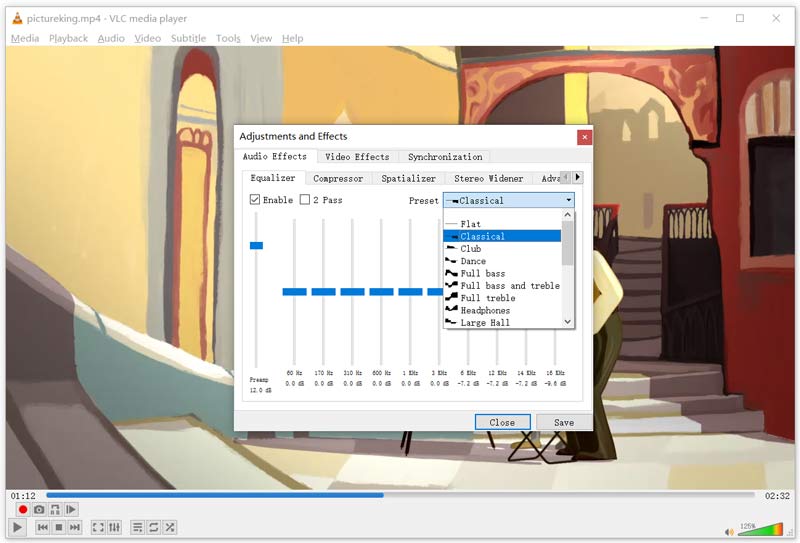

However, if the line doesn’t move, your mic is not picking up any sound.

If the line moves left to right, it means that the microphone is functioning.


As you move the x slider, the corresponding point moves along the graph, and the volume for that particular x value is also shown in the upper corner of the graph. The graph of this function is shown in the upper right corner. So the volume, as a function of x, is given by V( x) = x(25 - 2 x)(20 - 2 x). The length and width of the bottom of the box are both smaller than the cardboard because of the cut out corners. The height is just the size of the corner cut out ( x in this problem). The volume of the box, since it is just a rectangular prism, is length times width times height. What is the largest possible value for x, and why? Obviously, the smallest x can be is zero, which corresponds to not cutting out anything at all. Somewhere in between is a box with the maximum amount of volume. When x is large, the box it tall and skinny, and also has little volume. When x is small, the box is flat and shallow and has little volume. Move the x slider to adjust the size of the corner cutouts and notice what happens to the box. The applet shows the flat piece of cardboard in the upper left, and a 3D perspective view of the folded box on the lower left. See About the calculus applets for operating instructions. This device cannot display Java animations.


 0 kommentar(er)
0 kommentar(er)
